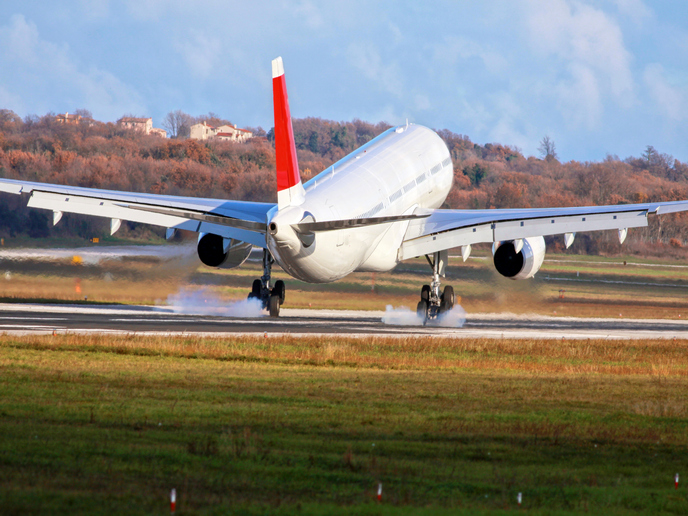A pioneering optimised hybrid-electric commuter plane concept
In an increasingly interconnected world of geographically separated businesses and people, air transport is vital to economies and social cohesion. However, the aviation sector has significant environmental impact largely related to noise and emissions. CO2 emissions from all flights departing from EU27 and European Free Trade Association airports increased by 34 % from 2005 to 2019(opens in new window). Aviation accounts for more than 3% of anthropogenic effects on global warming(opens in new window) due to its CO2 emissions and non-CO2 impacts. To remain on track towards the net-zero emission targets by 2050, radical technological steps and continuous research efforts are required. Most planes continue to fly on fossil fuels, so sustainable aviation fuels are a key area of research. However, revolutionary designs enhancing engine efficiency and moving towards more electric and eventually all electric aircraft will be required in the longer term to get on track(opens in new window). The EU-funded HECARRUS(opens in new window) project has addressed this critical need with the full design loop of a 19-passenger commuter aircraft based on hybrid-electric propulsion achieving near-zero emissions.
Advanced simulations and numerical investigations of aircraft based on hybrid-electric propulsion
Battery electric aircraft have no direct gaseous and particulate emissions, lower noise emissions, high efficiency, and potentially lower operational and maintenance costs. According to Anestis Kalfas and Vasilis Gkoutzamanis of project coordinator Aristotle University of Thessaloniki(opens in new window), “only a handful of maiden flights of certified electric aircraft have been made, limited to 2-/4-seater electric aircraft intended mainly for pilot training. Currently, available battery technologies (energy density and weight) severely restrict the size of aircraft and are the main hurdle to unleashing battery-powered aviation.” HECARRUS set out to accelerate this evolution with advanced simulations and numerical investigations considering multiple disruptive configurations, architectures and solutions coupling the most efficient gas turbine engines with electric power generators and advanced battery technologies. As Gkoutzamanis notes, “the future is hybrid. Not only hybrid-electric but hybrid in general: for example, research focuses on integrating multiple types of propulsors such as thermal and electric to provide thrust, multiple types of combustion characteristics to optimise emissions and multiple state-of-the-art airframe components and features.” Along with developing the conceptual design, fundamental research targeted identifying the merits of hybridisation in regional air mobility and the scientific and technical challenges of deploying new propulsive architectures.
Breaking new ground for sustainable aviation
Coupling of the various aircraft components in aircraft using hybrid electric propulsion is a challenge, and HECARRUS tackled it with outstanding results using its design tools and simulations. “HECARRUS successfully delivered the conceptual design of a 19 passenger commuter aircraft with near-zero emissions based on hybrid-electric propulsion. This included the design, integration and optimisation of the main configuration’s components, spanning the gas turbine, electrical power and thermal management systems, as well as the aircraft itself over the entire mission profile,” explains Gkoutzamanis. According to analyses and quantification of potential benefits, the proposed HECARRUS configuration can reduce the CO2, nitrogen oxides and noise emissions of 19 passenger commuter aircraft by 34.3 %, 30.5 % and 20.0 %, respectively. “We have shown the vast potential that even a smaller aircraft can have on aviation sustainability and how it can become a disruptive template for future designs,” Kalfas concludes. The models developed within the project’s scope will support this endeavour. Together with the knowledge generated and the researchers trained within HECARRUS, the project will help put the aviation sector back on track for near-zero emissions by 2050.







